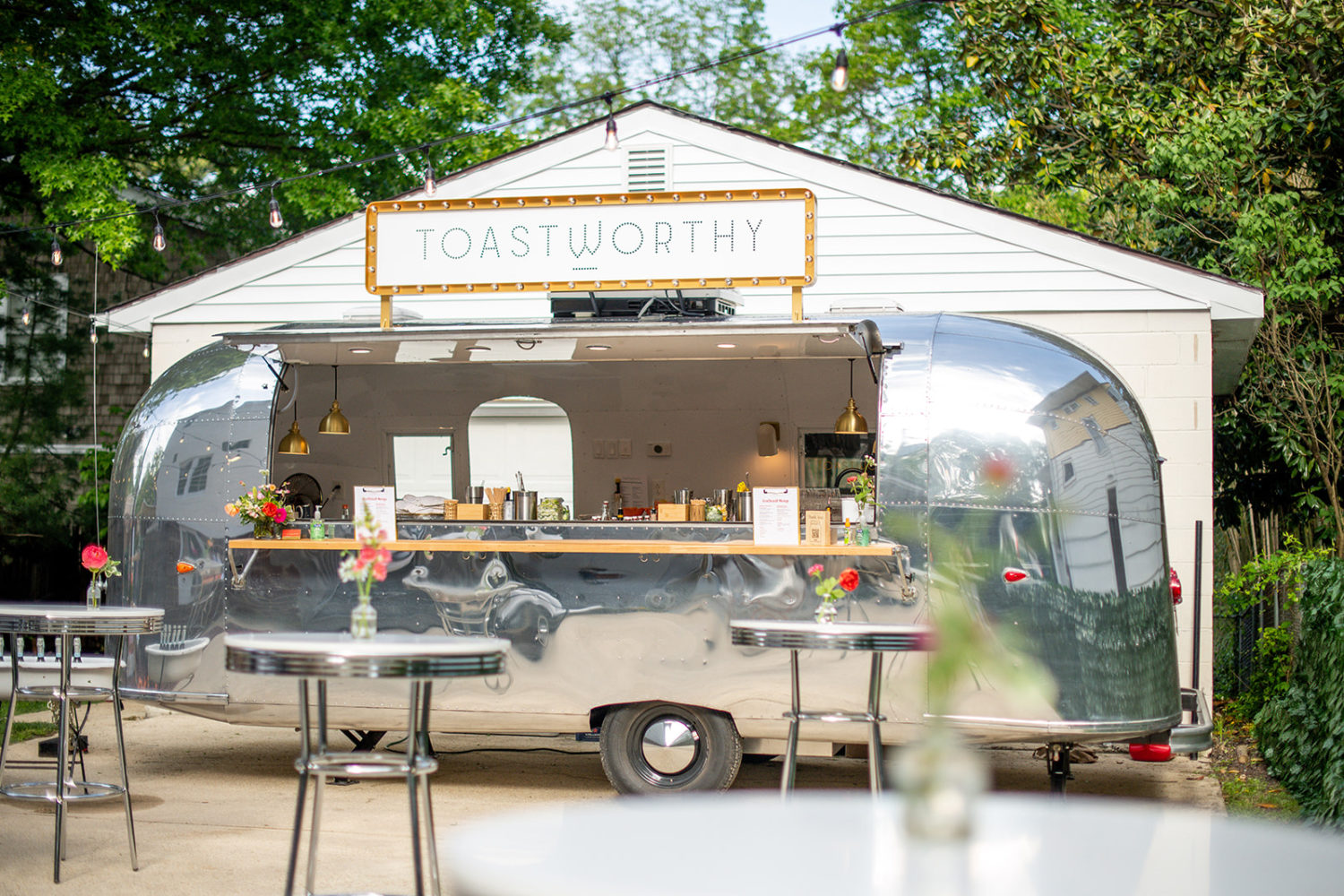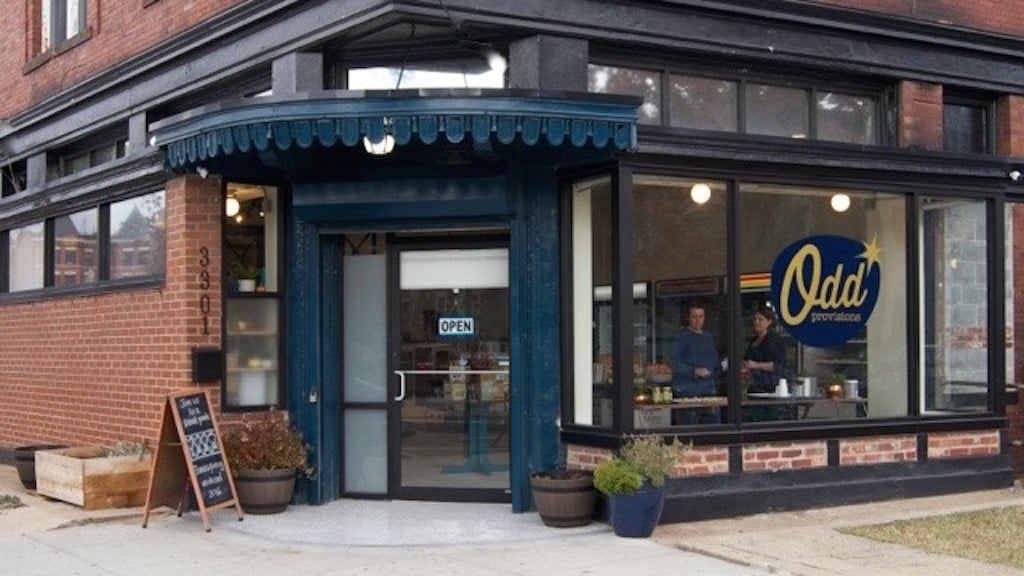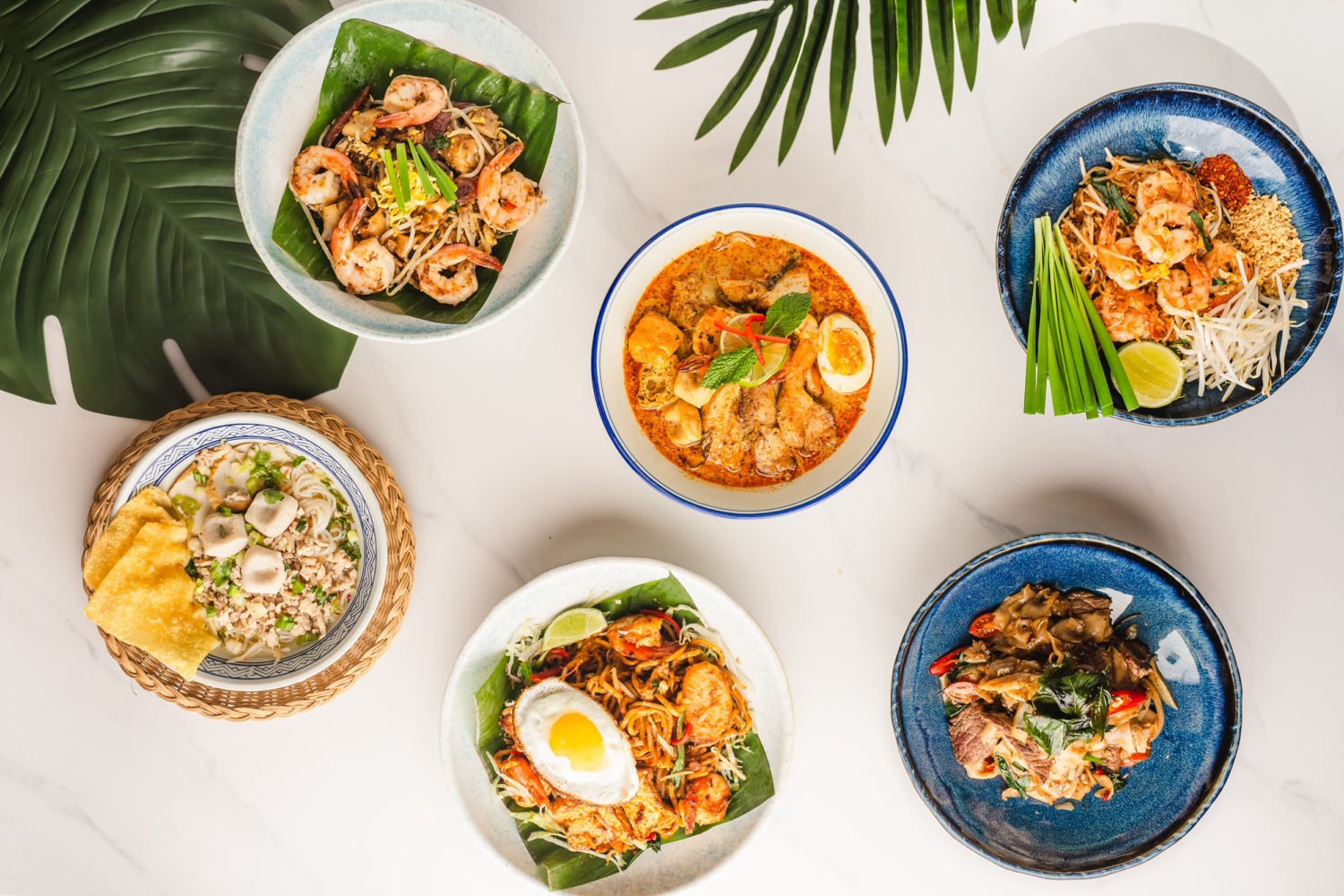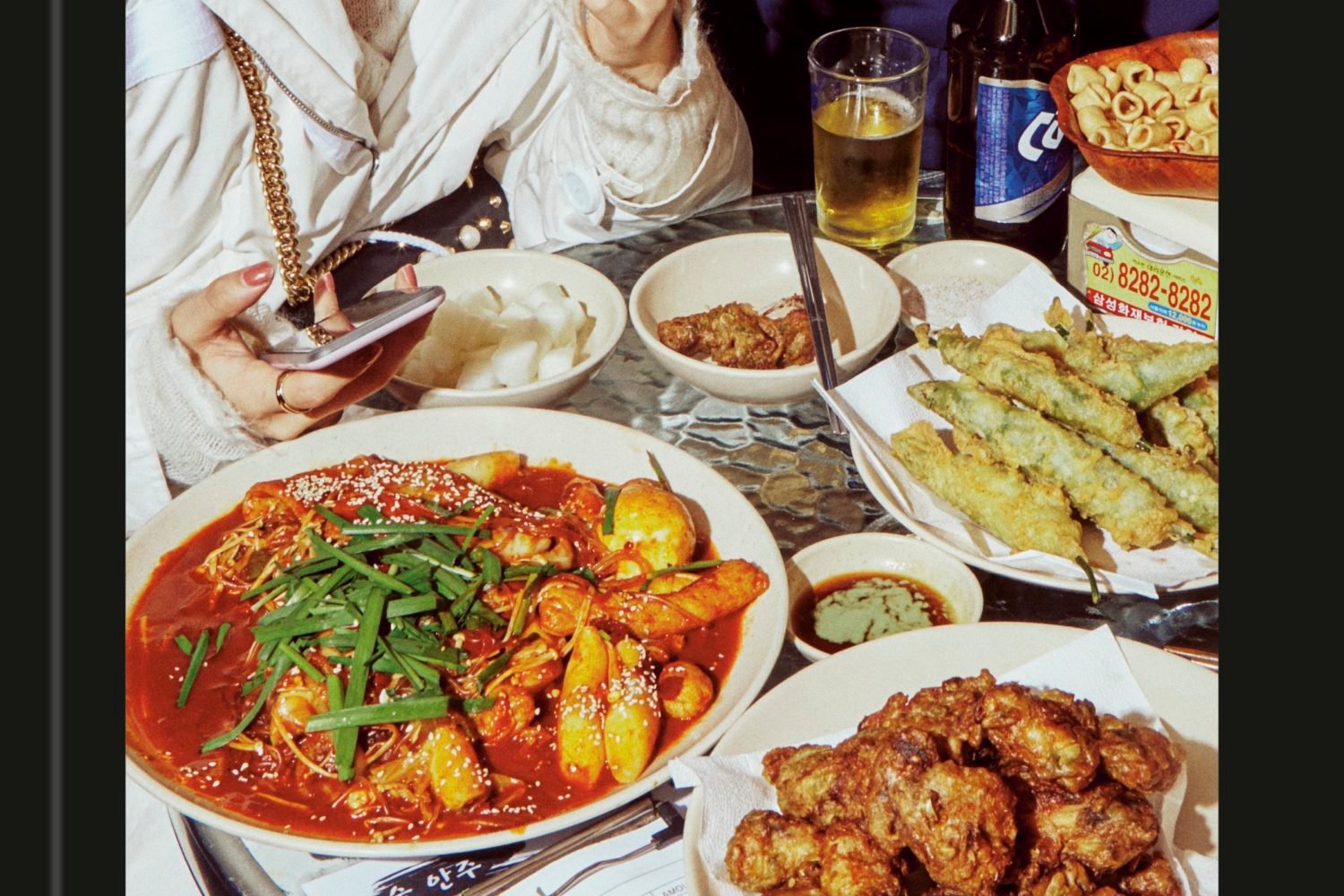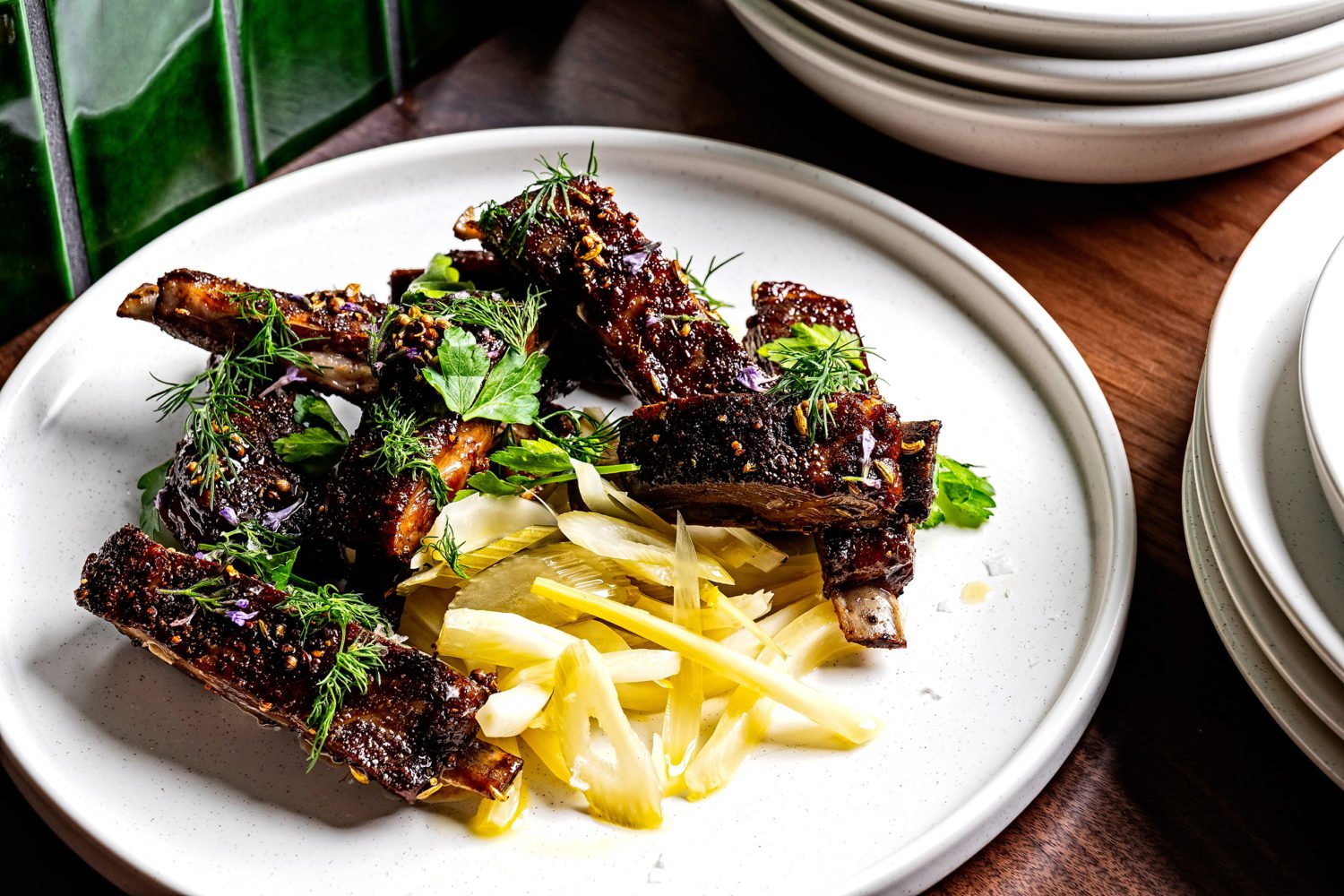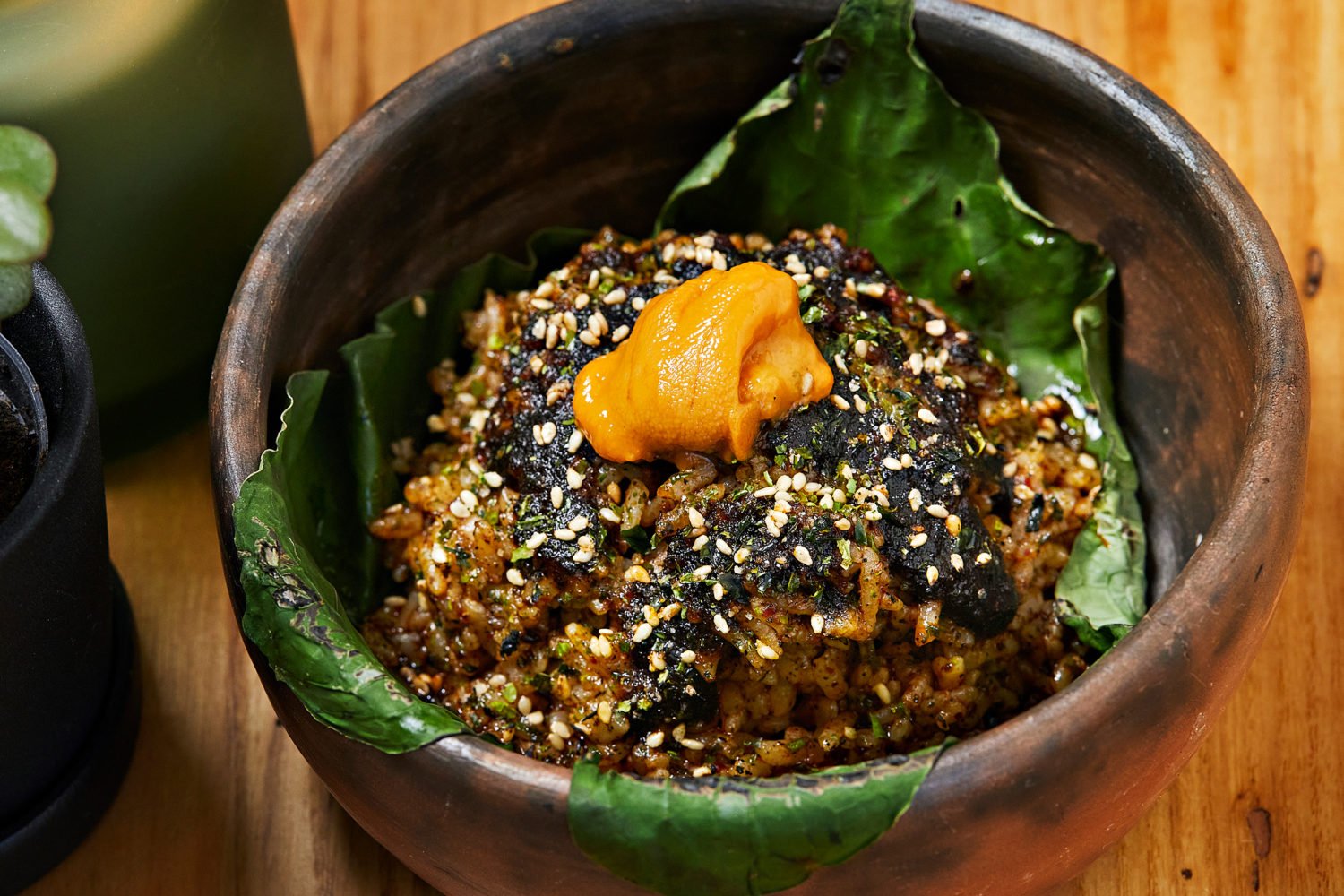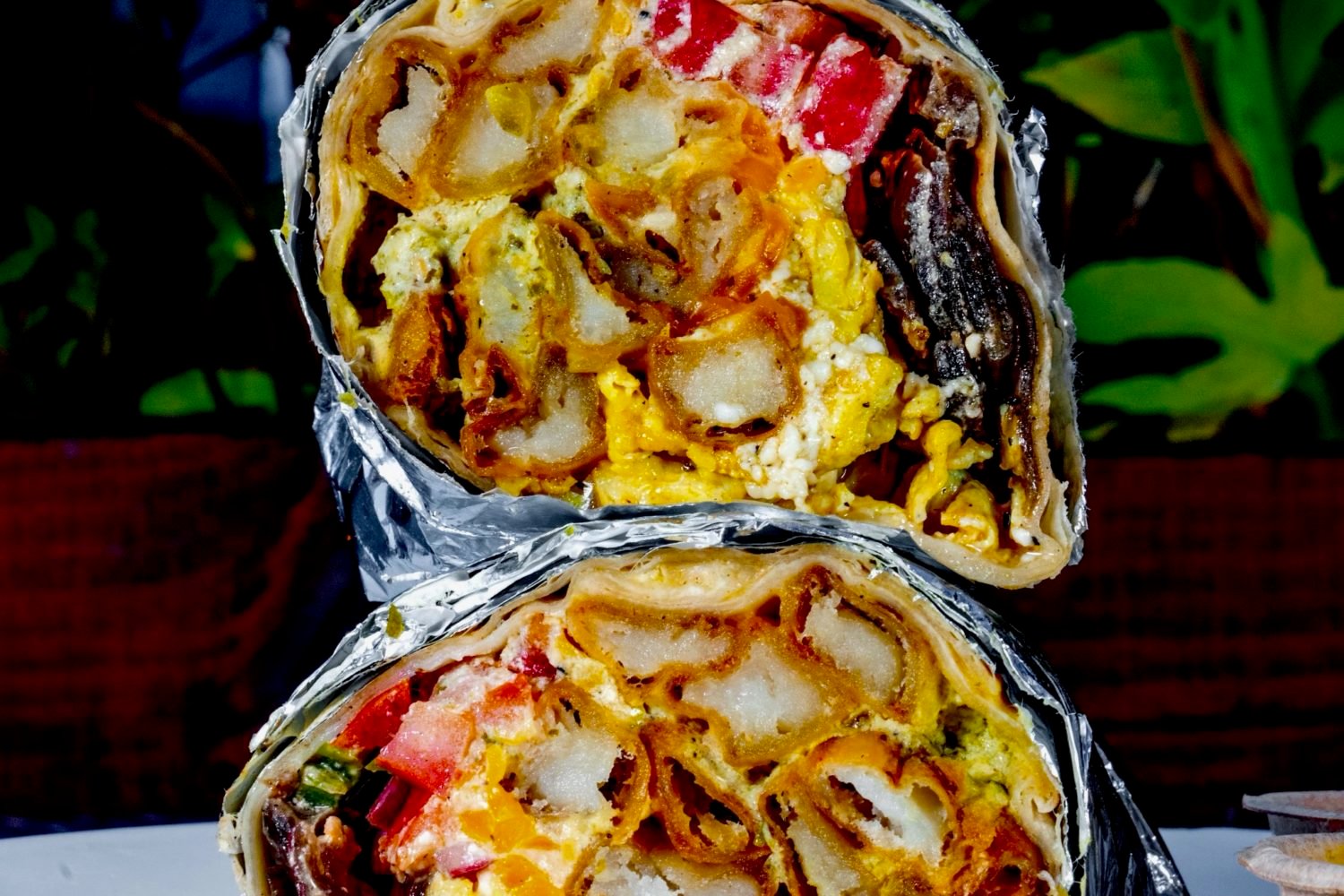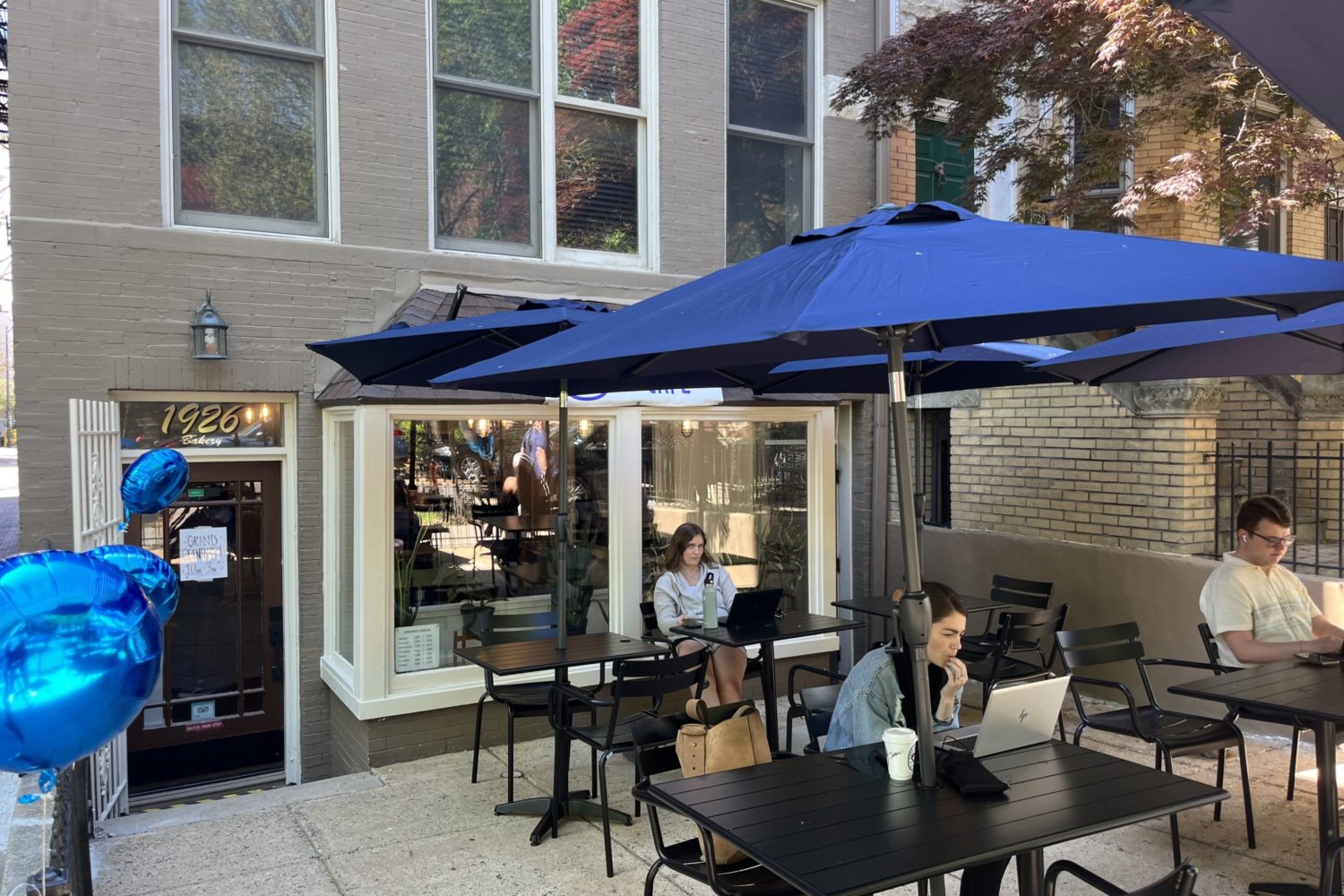Ho Chi Minh City seemed so mellow that first night.
My teenage daughter, Rosie, and I had arrived after dark, tired but excited after three flights and a full day of travel. Her sister Anna, an exchange student in Vietnam, met us at the airport, where the three of us took a taxi to our downtown hotel, checked in and then hit the streets.
Night in the former Saigon was misty and calm; other than a few taxis and motorbikes, the city felt deserted. We looked atop one of the hotels, saw a rooftop bar, and ventured up 11 stories. We talked and drank—a bottle of good Australian Shiraz cost us $15—and planned our two-week trip from the Mekong Delta north to the Chinese border.
We awoke the next morning to a kind of shock treatment: sidewalks jammed with people, streets buzzing with thousands of beeping motorbikes, shopkeepers beckoning and harassing. Trying to cross a street is a game of Vietnam roulette: You wade into the torrent of motorbikes and hope—trust—the torrent will avoid you.
If you can stomach the traffic and the heat—big ifs—the food is good enough to erase the memory of hours and hours of travel. Before I left, the gastronomes in my life had led me to expect a cuisine flavored by the French, who controlled Indochina for many decades.
For days I roamed the city, wondering: Where are the sauces, the veal, the scrumptious pastries? What I found instead was a cornucopia of fresh fruits and vegetables and shellfish, cooked simply in woks or on grills. And pork. Lots of pork.
I also discovered, to my great surprise, that the fragrant beef soup we Americans slurp for a quick and satisfying dinner is, in fact, breakfast for the Vietnamese. Walk down many streets in Saigon or Hue or Hanoi at 9 AM and women will be cooking and dishing out pho. It’s sometimes hard to tell if they’re making it for paying customers or friends and family, which just gives the “street kitchens” an intimate, homey feel.
My three most memorable meals were in three different parts of Vietnam.
At Blue Dragon, a modest riverfront restaurant near the market in Hoi An, a port city noted for its tailors, the chef wrapped head-on shrimp in banana leaves and grilled them over a wood fire. Sublime.
In Ta Van, a Black Hmong village near the town of Sapa in the north, our guide prepared a feast of three dishes cooked on a wok over an open fire: fresh tomatoes and tofu, six-inch string beans from the garden, and a dish of pork and rice, the latter freshly harvested from the nearby paddies.
On my last night in Vietnam, I strolled down a broad boulevard, past the hotel where we’d shared that first bottle of Shiraz, to Ben Thanh. Across from the market of clothes and jewelry, an array of open air restaurants beckons. The market is grungy, but that first impression is belied by the restaurants themselves, with their white tablecloths, waitresses in long silk dresses, and chefs cooking under a tent. I settled on Hai Lua because it had the most attractive variety of seafood—including a handful of plump, live frogs dangling on a string. I started off my meal with fresh shrimp and Vietnamese mint wrapped in rice paper, moved on to clams steamed and then stir-fried for a main course, and finished with stir-fried mustard greens. I washed it down with two cans of Tiger beer. The flavors were strong and thrilling, and the tab would have astonished me if I hadn’t already known what to expect. Three courses and two beers came to $22.
Stuffed and still buzzing, I headed back to the hotel, dodging cars and bikes, acquainting myself with the clamorous shops and falling a little more in love with chaotic but lovable Vietnam.
Related:
More Posts on Eating in Other Cities
The Washingtonian's Travel Section
More>> Best Bites Blog | Food & Dining | Restaurant Finder






